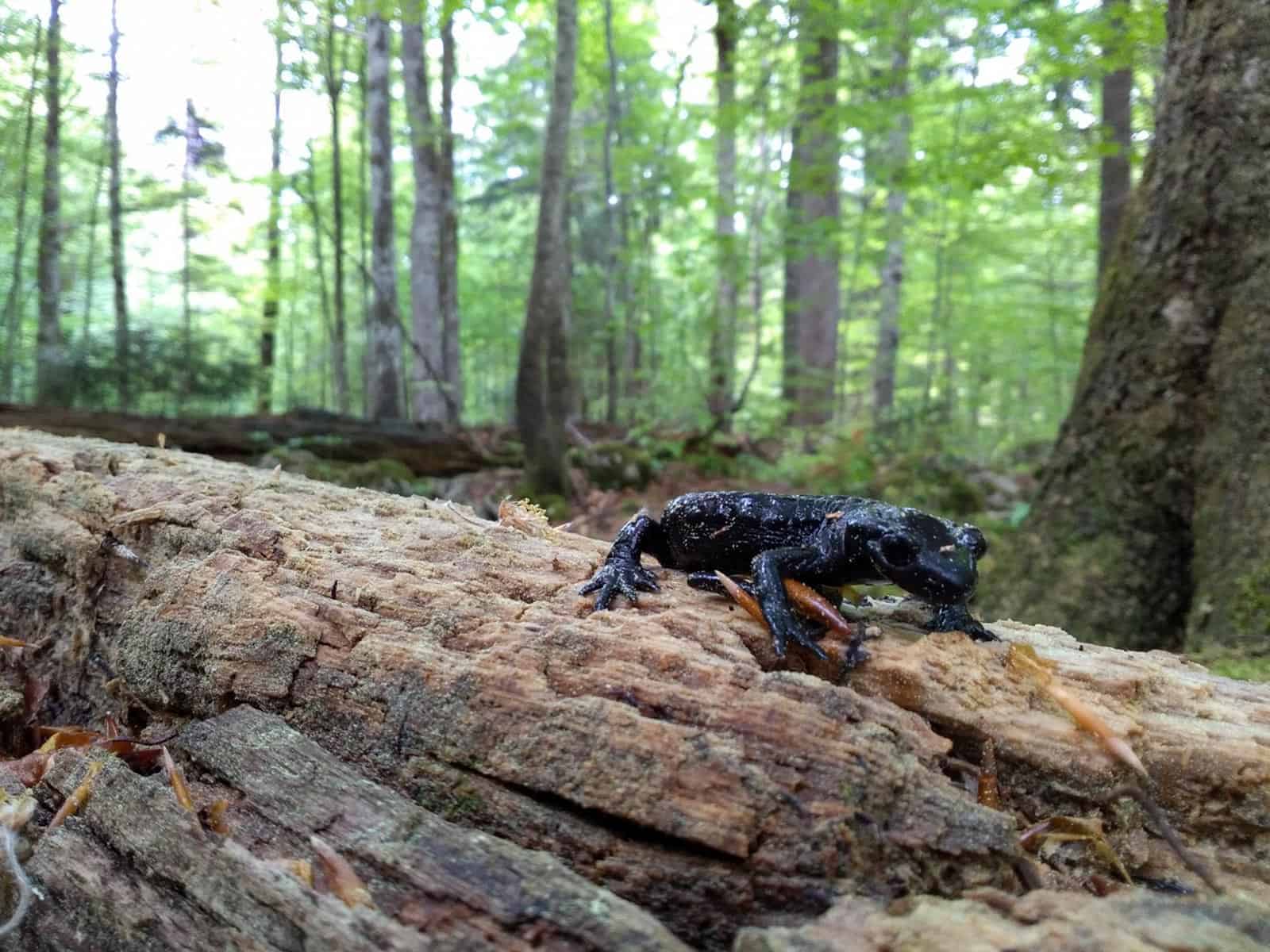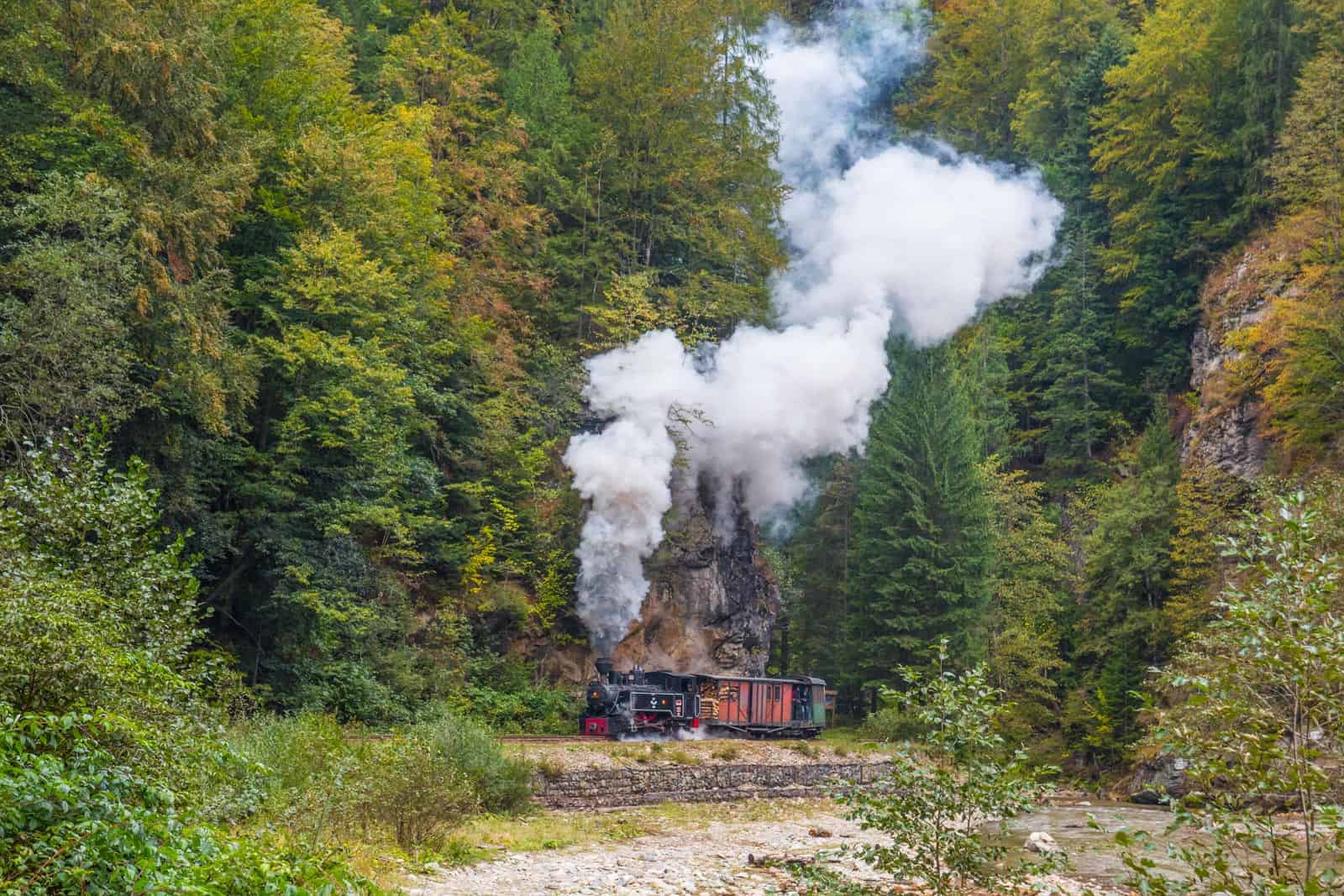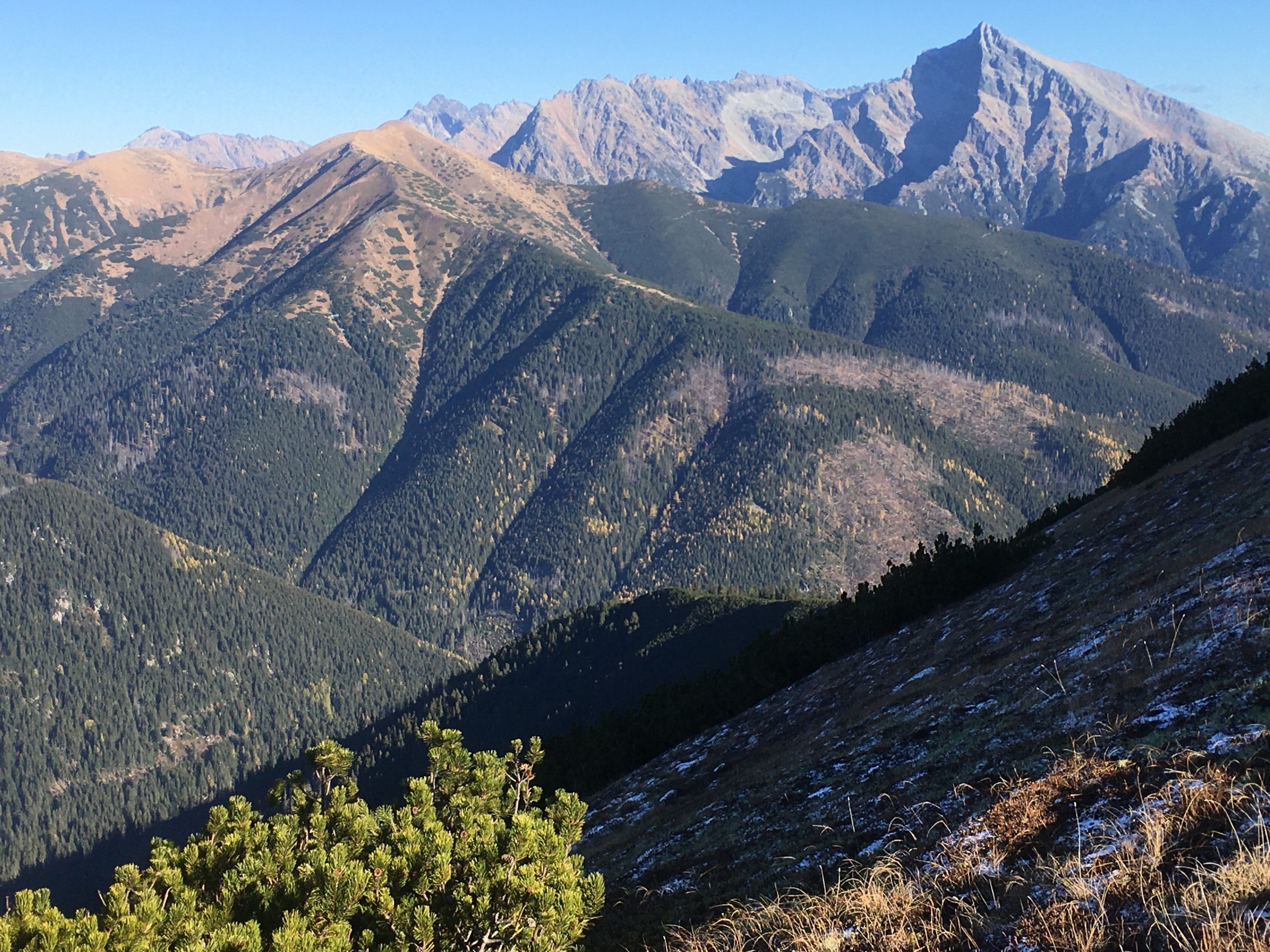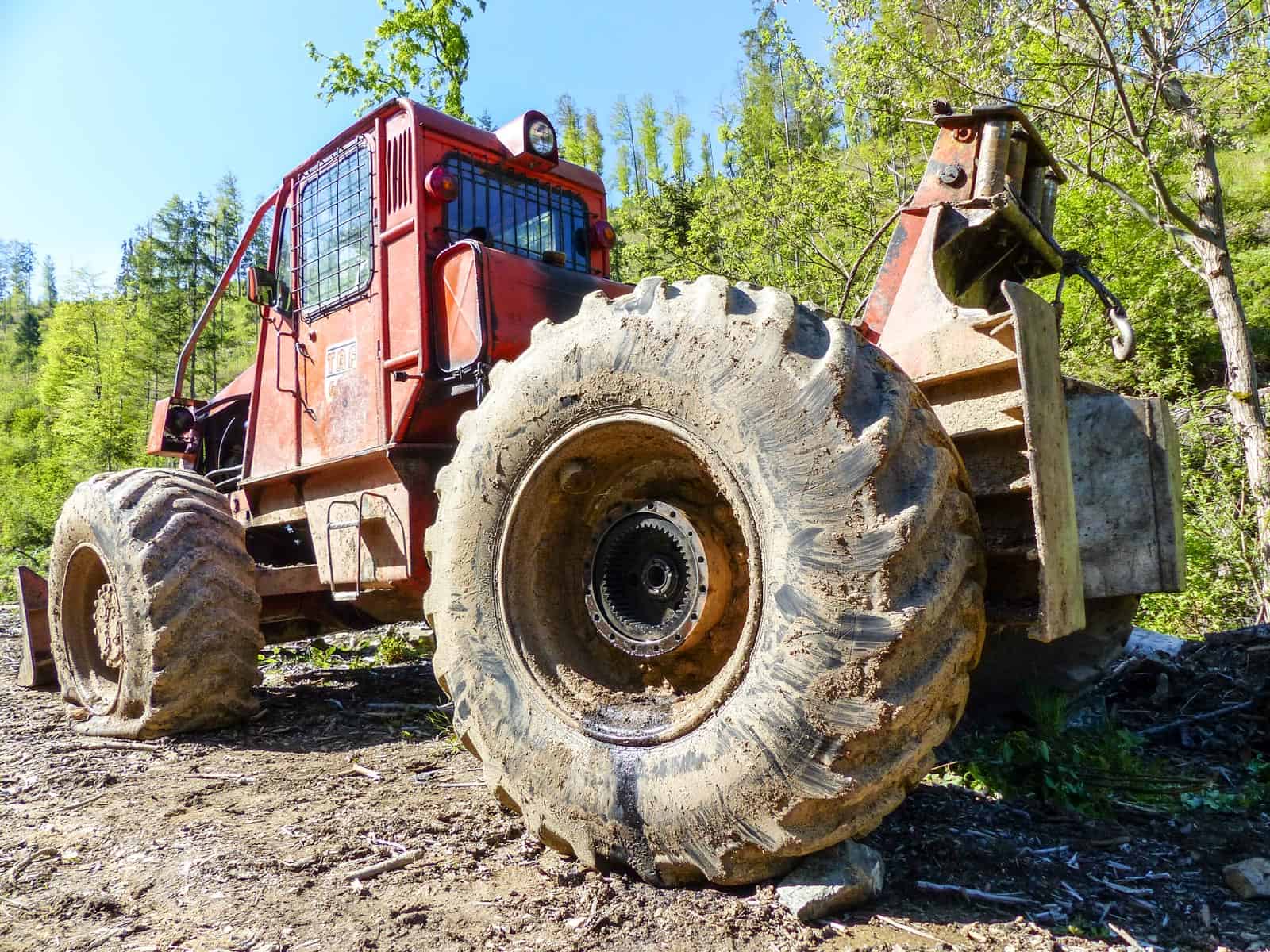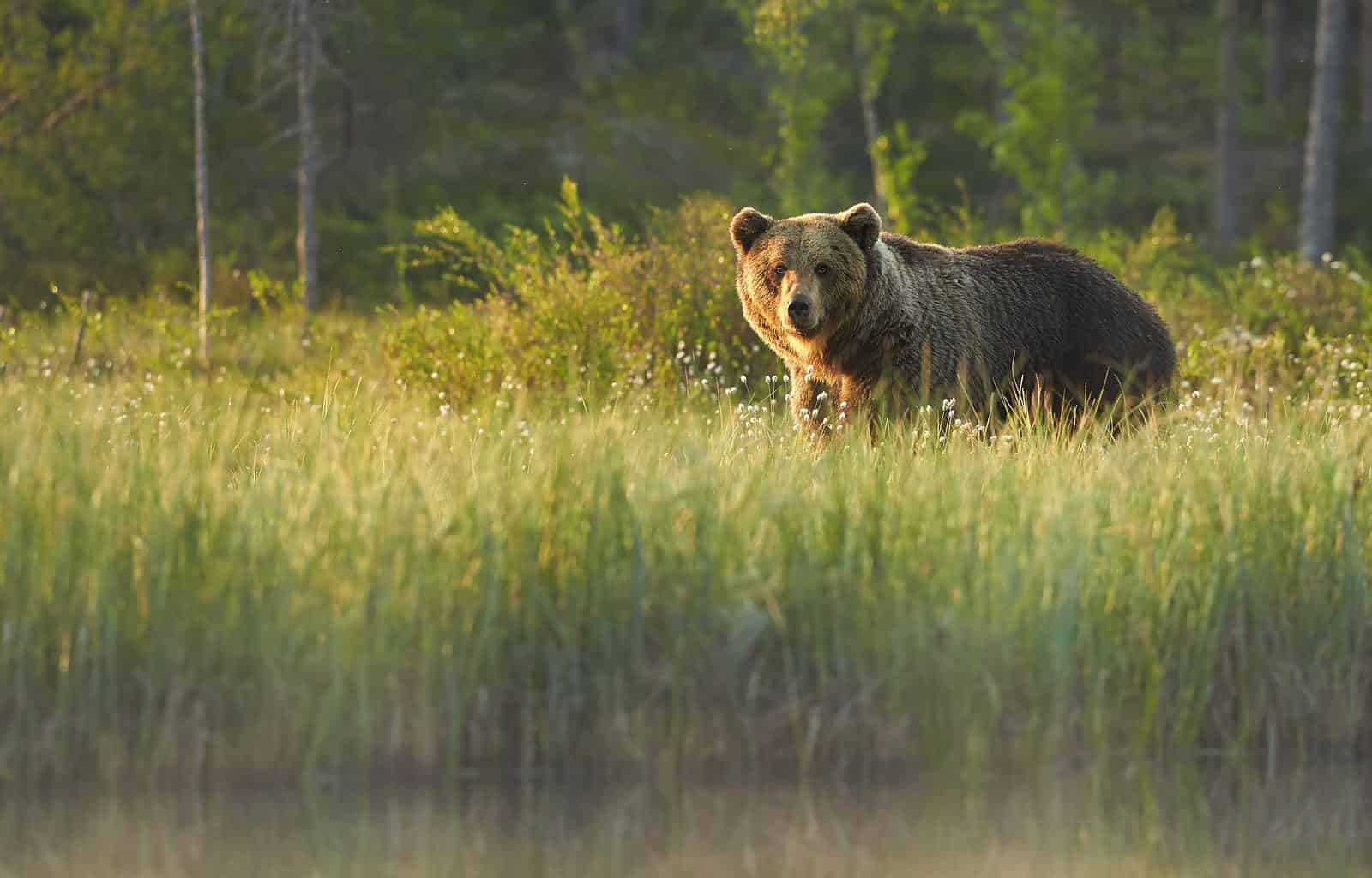Impressions from a primeval forest
Continuing our series about Wilderness research, today Yehor Yatsiuk tells us about his impressions from of the few remaining patches of primeval forest in Austria, the ‘Rothwald‘. He wondered what a primeval forest should look like and got many interesting questions in the Rothwald.
Please also read: The beautiful world of (non-) fungi in a Wilderness area
“I study forest animals and take part in forest conservation actions in Ukraine. Before this visit, I thought that nature of a country located in the heart of Europe, like Austria, should be highly transformed. During the long history of civilization here, people had enough time to reach even the most remote places and transform them in accordance to their needs. But the reality appeared a little different. High cliffs and vast slopes, overhanging roads and villages seemed very hard to reach. Even if it was possible to cut trees on them, people would not visit some steep forests often. As a result, in the mountaineous part of Austria, I saw a beautiful combination of well-settled river valleys, barely transformed alpine meadows and completely wild cliffs. However, forests have been in use here for a long time. It is amazing how these two patches of primeval forests, ‘Großer Urwald’ and ‘Kleiner Urwald’, could be preserved. Only a combination of its moved history, including land claims by two different medieval monasteries, and efforts of some passionate people preserved this valuable forest for us.






Impressive natural dynamics
The first thing you see in the primeval forest are, of course, big trees. You can easily recognize the up to 60 meters high and more than one meter thick firs and column-like beeches. It is interesting to see how huge trees can grow without human cutting. But other traits of primeval forest are also important. All these big trees will inevitably die and fill the storage of dead wood in the forest. Here you can see dead trees in different shapes and sizes. If you take a close look, it appears that they harbor a rich diversity of life from small fungi and insects to rodents and woodpeckers feeding on them. Only in unmanaged forest, we have the ability to track the full way from live tree to a pile of rot disappearing into forest litter with changing communities of small creatures throughout their decay.
Primeval forest is not uniform. You can clearly see the difference to surrounding managed forests when you observe Rothwald from the opposite slope. Dense tree stands interlaced with glades and treefall gaps. Some places are dominated by spruces. Other places are dipped in light green shadow because of the dominance of broadleaved trees. Making your way under the forest canopy, you constantly cross different patches more or less covered with forest undergrowth. This richness of structures creates a varied set of conditions for different forest animals. This promotes higher forest biodiversity than in managed forests, and also greater stability.
Maybe the most remarkable thing distinguishing this forest from lowland primeval forests I have seen, is a possibility to clearly see causes of long-term natural dynamics. All forests change somehow over time. In managed forests, the main cause is human use. In natural forests, herbivorous animals, fires, running water and more can drive change. Here I also saw how avalanches act. Their traces are clearly seen on mountain slopes and it is clear that their power is remarkable. The power of moving snow is able to break huge trees. That clears a place for new undergrowth, and creates the abovementioned heterogeneity.
Everywhere in the forest, you can see how important snow cover is. Small spruce trees escaping deep snow by growing on fallen logs and young beech trees with dead lower branches in ravines because of long-lasting deep snow cover demonstrate complexities of surviving in snowy conditions.
Primeval forests are worth seeing for everyone interested in both, nature and history, because this is the example of landscapes that surrounded our ancestors for most parts of our history. Primeval forests shaped people´s way of life and behavior.

Human traces even in primeval forests
But even in the heart of a primeval forest, we can encounter different human traces. They reach from remains of horse trails to modern markings and stuff left by researchers. The truth is: Regardless of all restrictions, it is hard to retain any territory in the center of Europe from visiting people. We must learn to coexist with wild nature closely, leaving more niches for wild organisms next to us. Territories like the Rothwald are unconditionally worth protecting as reference points to see how natural processes can develop, and to spread this knowledge. For me, I could say that visiting these primeval forests changed my mind.
In the end, I would like to add that before my visit here, I tried to find any information about remaining primeval forests in Europe. But it turned out to be a hard task. Many single resources incorporate data about locations, description and history of last the untouched forests in Europe. However, a centralized source could be helpful both for research and education purposes.”
If you are also looking for remaining Wilderness in Europe, our European Wilderness Network is a good start.

